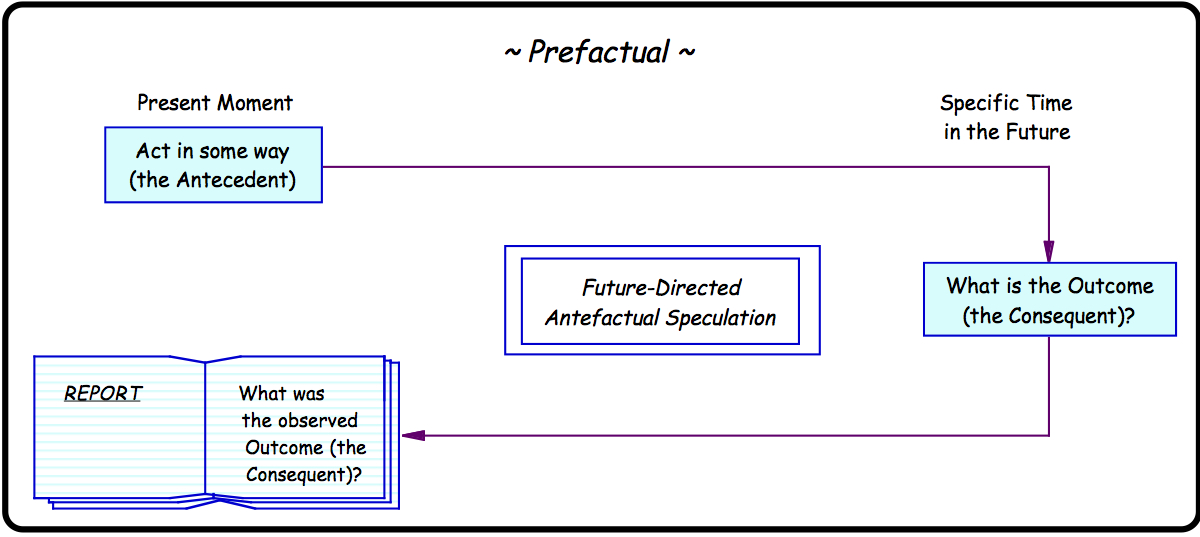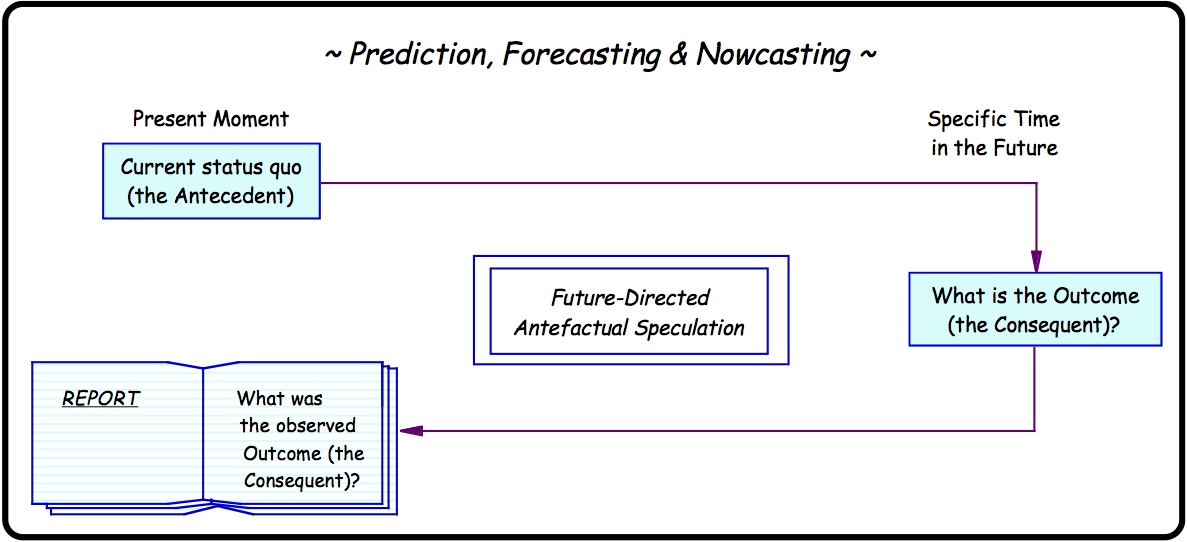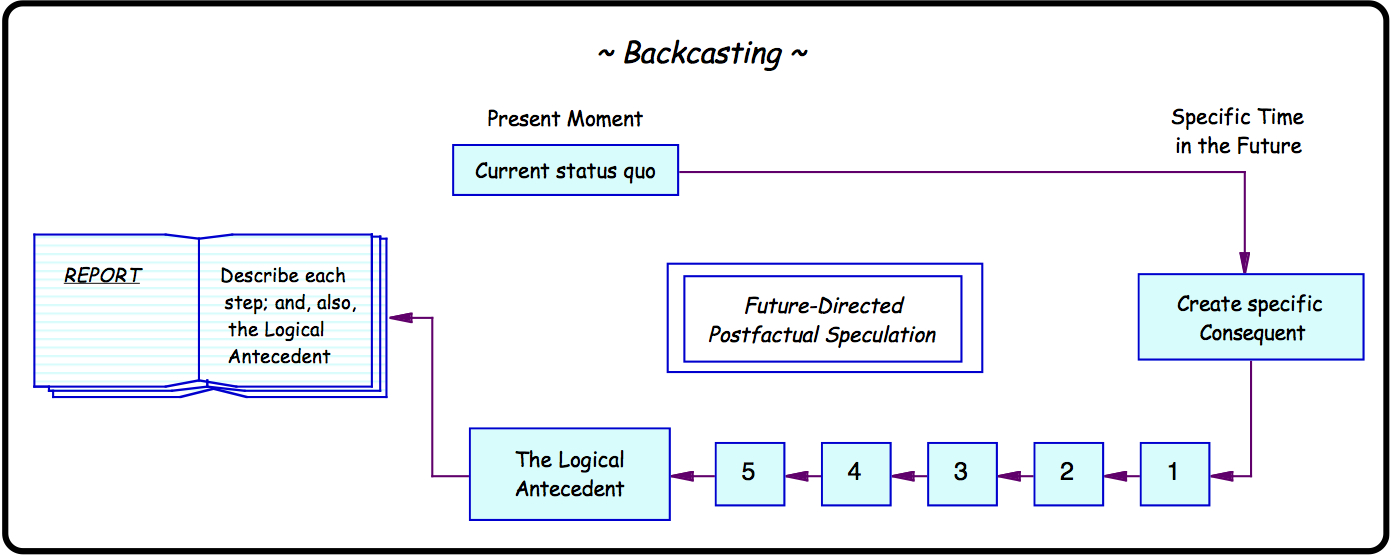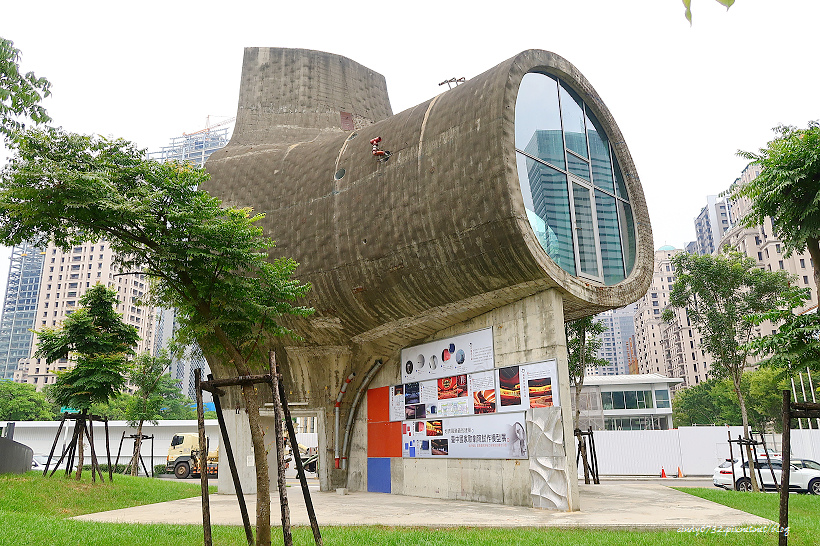Practice:
choose a speculative photo
1. identify the multiple possible worlds (1) by the photographer (2) by the objects, (3) by the possible users, characters
2. give annotations to describe the qualities of speculative aesthetics
2. Thought experiments (Speculative Everything 一書的文字)
"One way this might be possible is to treat design speculations not as
narratives or coherent “worlds” but as thought experiments—constructions,
crafted from ideas expressed through design—that help us think about
difficult issues." p. 80. SE
"一個可行之道是不要把設計推測當成敘事或條理分明的「世界」看待,而要視為能幫助我們思考困難議題的思想實驗――用經由設計表達的構思,精心建造的物品。 " P. 105
"Thought experiments are usually done in fields
where it is possible to precisely define limits and rules, such as mathematics,
science (particularly physics), and philosophy (especially ethics) to test
ideas, refute theories, challenge limits, or explore possible implications.
They make full use of the imagination and are often beautiful designs in
themselves."
"思想實驗通常是在有可能劃定界線和規則的領域進行,例如數學、科學(特別是物理學)和哲學(尤其是倫理學),來測試構思、駁斥理論、質疑限制或探究可能的後果。¹ 它們充分運用想像力,本身也常是美麗的設計。"
"One of our favorite forms of thought experiment uses reductio ad absurdum,
a type of logical argument in which one assumes a claim for the sake of
argument and derives an absurd or ridiculous outcome by taking it to its
extreme, concluding that the original claim must have been wrong because it
led to such an absurd result."
"我們最鍾意的一種思想實驗是採用歸謬法(reductio ad absurdum),在這種邏輯論證中,我們為便於討論,假設了某個主張,並將之推演到極致而導出荒謬的結果,進而斷定,既然原來的主張會產生如此荒謬的結果,它必是謬誤。" P. 107
"Another well-established form of thought experiment is the counterfactual. A
historical fact is changed to see what might have happened, if. . . . It is
sometimes used in history to understand the importance of key events and
their influence on how the world turned out."
"另一個已廣為接受的思想實驗形式是反事實(counterfactual):改變歷史事實來看看,假如……可能會發生什麼事。歷史學有時會運用這種實驗來了解關鍵事件的重要性,以及它們對世界如何演變的影響。" P. 107
"...we are
more interested in using props to transport viewers’ imagination into a
thought experiment, or what-if, and allow enough room for them to make
their own interpretations." p. 93, SE
"我們更有興趣利用道具來將觀者的想像力移轉到思想實驗,或「要是……會怎麼樣」,讓他們有足夠的空間做自己的詮釋。" P. 121
Generally speaking, there are seven types of thought experiments in which one reasons from causes to effects, or effects to causes. (wikipedia)
(1)
Prefactual (事前) (未來導向,事前推測)
Prefactual (before the fact) thought experiments — — speculate on possible future outcomes, given the present, and ask "What will be the outcome if event E occurs?"
(2)Counterfactual (反事實) (過去導向,事前推測)
Counterfactual (contrary to established fact) thought experiments — — speculate on the possible outcomes of a different past; and ask "What might have happened if A had happened instead of B?"
Semifactual (半事實) (過去導向,事前推測)
Semifactual thought experiments — — speculate on the extent to which things might have remained the same, despite there being a different past; and asks the question Even though X happened instead of E, would Y have still occurred?
(4)
Prediction (預測) (未來導向,事前推測)
(5)
Hindcasting (後報) (過去導向,事前推測)
The activity of hindcasting involves running a forecast model after an event has happened in order to test whether the model's simulation is valid.
(6)
Retrodiction (追溯) (過去導向,事後推測)
The activity of retrodiction (or postdiction) involves moving backwards in time, step-by-step, in as many stages as are considered necessary, from the present into the speculated past to establish the ultimate cause of a specific event (e.g., reverse engineeringand forensics).
(7)
Backcasting (未來回溯) (未來導向,事後推測)
he activity of backcasting —involves establishing the description of a very definite and very specific future situation. It then involves an imaginary moving backwards in time, step-by-step, in as many stages as are considered necessary, from the future to the present to reveal the mechanism through which that particular specified future could be attained from the present.
See Blade runner 2049 ->2048 nowhere to run -> 2036 Nexus Dawn -> Blackout 2022
Bladerunner (1982) 2019
Bladerunner (1982) 2019
Next week:
Bring one artifact to classroom, related to Neuromancer Chap1 & 2, to do material speculation.








